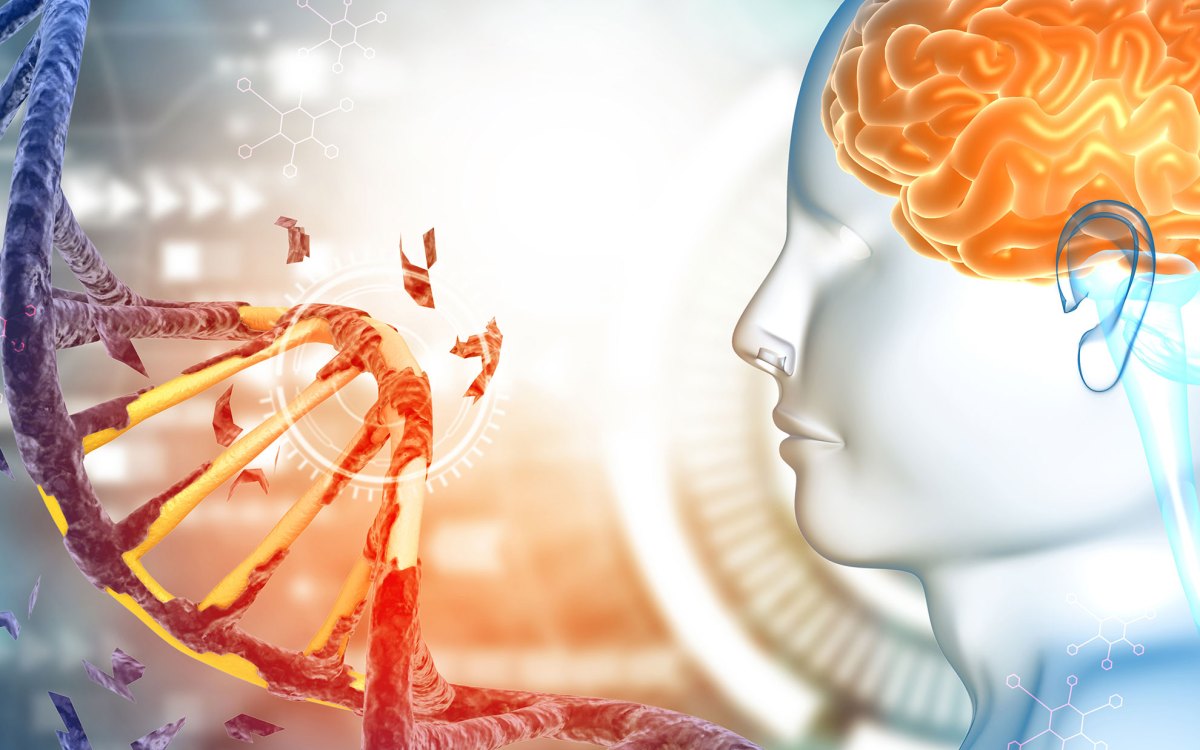Sept. 29 marks the 25th anniversary of World Heart Day, an initiative to raise awareness, inspire action, and celebrate heart health. Despite rapid medical advances in the last few decades, cardiovascular disease (CVD) remains the leading cause of death worldwide, claiming 19.8 million lives in 2022, or about 32 percent of all global deaths, according to the World Health Organization. Having done extensive research on the history of cardiology and cardiac care in both the United States and India, David Jones, A. Bernard Ackerman Professor of the Culture of Medicine Institution at Harvard Medical School and the Faculty of Arts and Sciences, believes that it would take both personal and societal efforts to reduce the number of CVD deaths.
Successes and failures in the U.S.
In the U.S., CVD deaths peaked in 1950, killing about one-third of all Americans. The decline that followed has been attributed to a combination of increasing public awareness and advancement in medicine, among other factors.
“Eisenhower’s heart attack in 1955 garnered a lot of public attention,” said Jones. “People started to get a better understanding of the risks of heart disease and how we may help prevent it. At the same time, scientists have developed more advanced treatments for the disease, including medications and surgeries.”
According to a recent study in the Journal of the American Heart Association, “the overall age‐adjusted heart disease mortality decreased by 66 person from 1970 to 2022 (from 761 to 258 per 100,000).”
“The mortality rate from coronary artery disease is now down by about 70 perent from its peak,” Jones said. “And yet it is still the leading cause of death in the U.S. Should we be celebrating our achievements or should we be appalled that there are hundreds of thousands of Americans dying of heart disease every year? I think we should be both.”
He cautioned that other countries will likely face similar trends as they experience rising incomes, shifting diets, and worsening environmental exposures. India and China, with their large populations, already bear the highest burden.
A tale of two countries
While researching for his upcoming book on the history of cardiac care in India, Jones recognized that there are similarities to the U.S. as well as lessons we could learn from the South Asian country.
From a bird’s-eye view, the development of cardiac care in India mirrored major changes in the U.S. In 1950, there were no cardiac surgeons and no cardiology departments in Indian hospitals. But heart disease was quickly becoming a major health threat. That prompted the Indian physicians and the Indian government to figure out a way to build capacity to treat the disease.
“With the creation of Medicare and Medicaid in 1965, cardiac surgery in the U.S. expanded rapidly,” Jones said. “But because the Indian government did not have the resources to support such expansion in their health system, India’s cardiac care grew primarily through the private sector, especially after the 1980s. Today, India has some of the most experienced cardiac surgeons in the world, with quality of care that rivals the United States, fueling booming medical tourism.”
Jones explained that, because of the privatization of its healthcare system, access to cardiac care in India remains deeply unequal, creating high-quality care for some but limited access for many.






